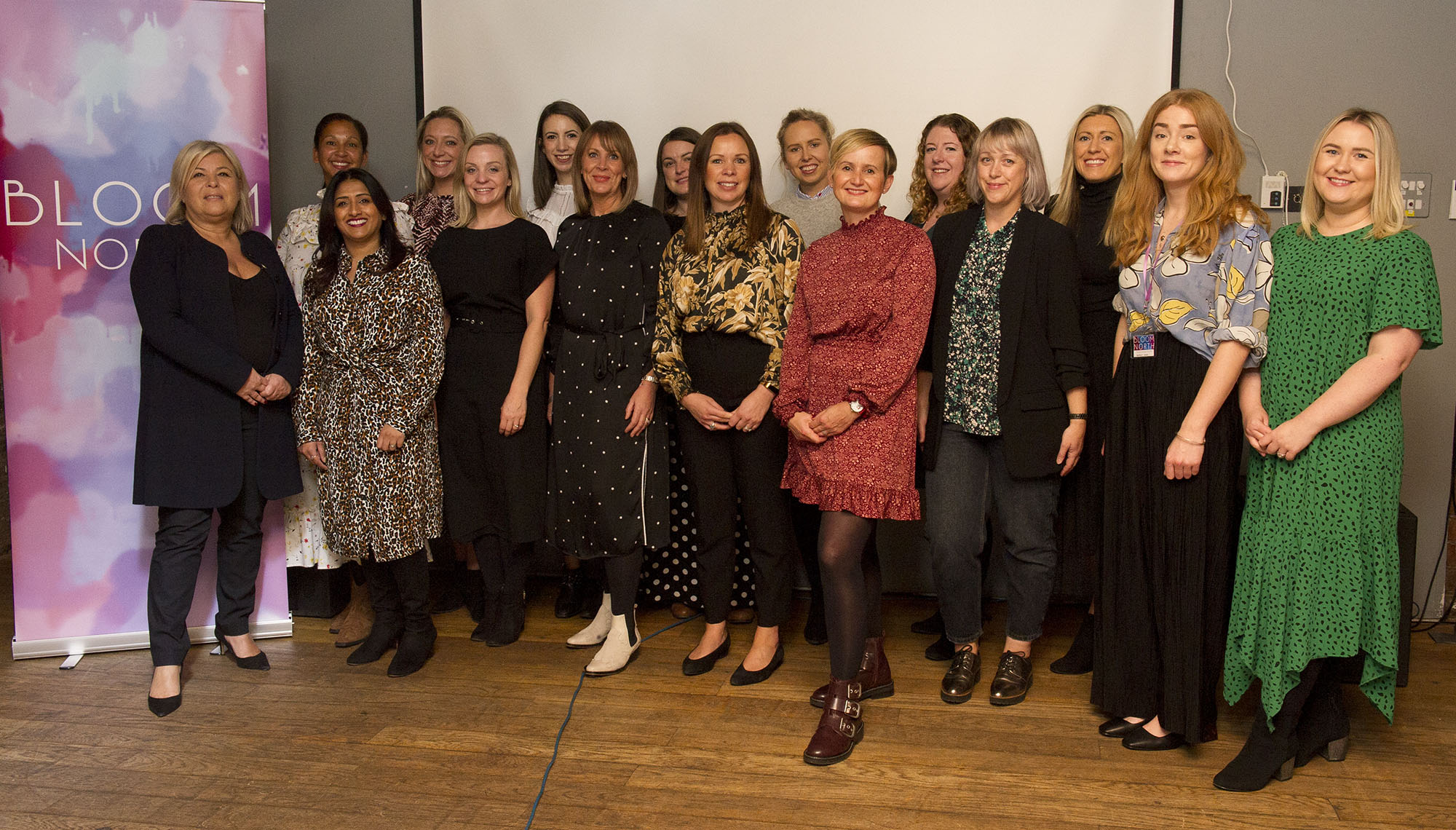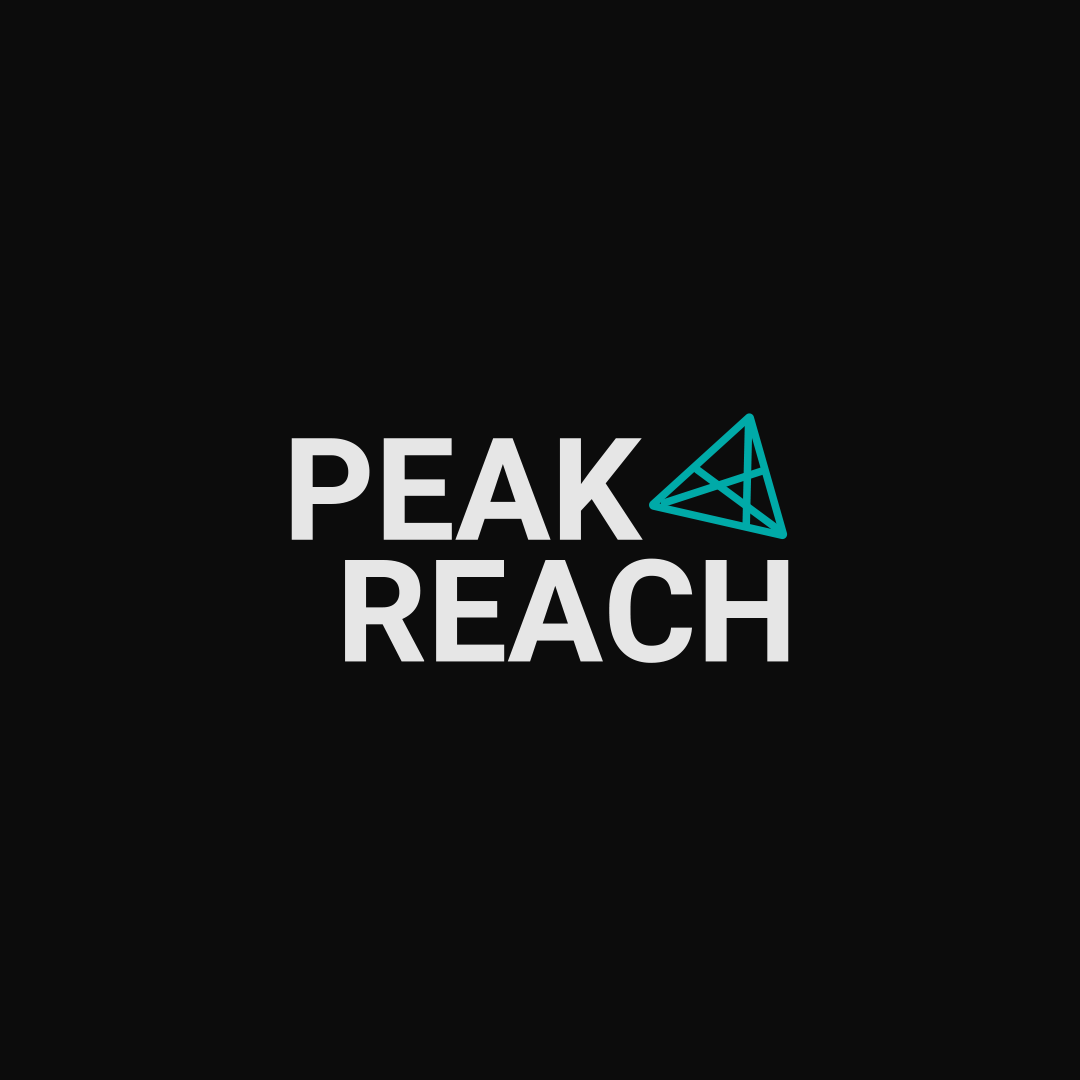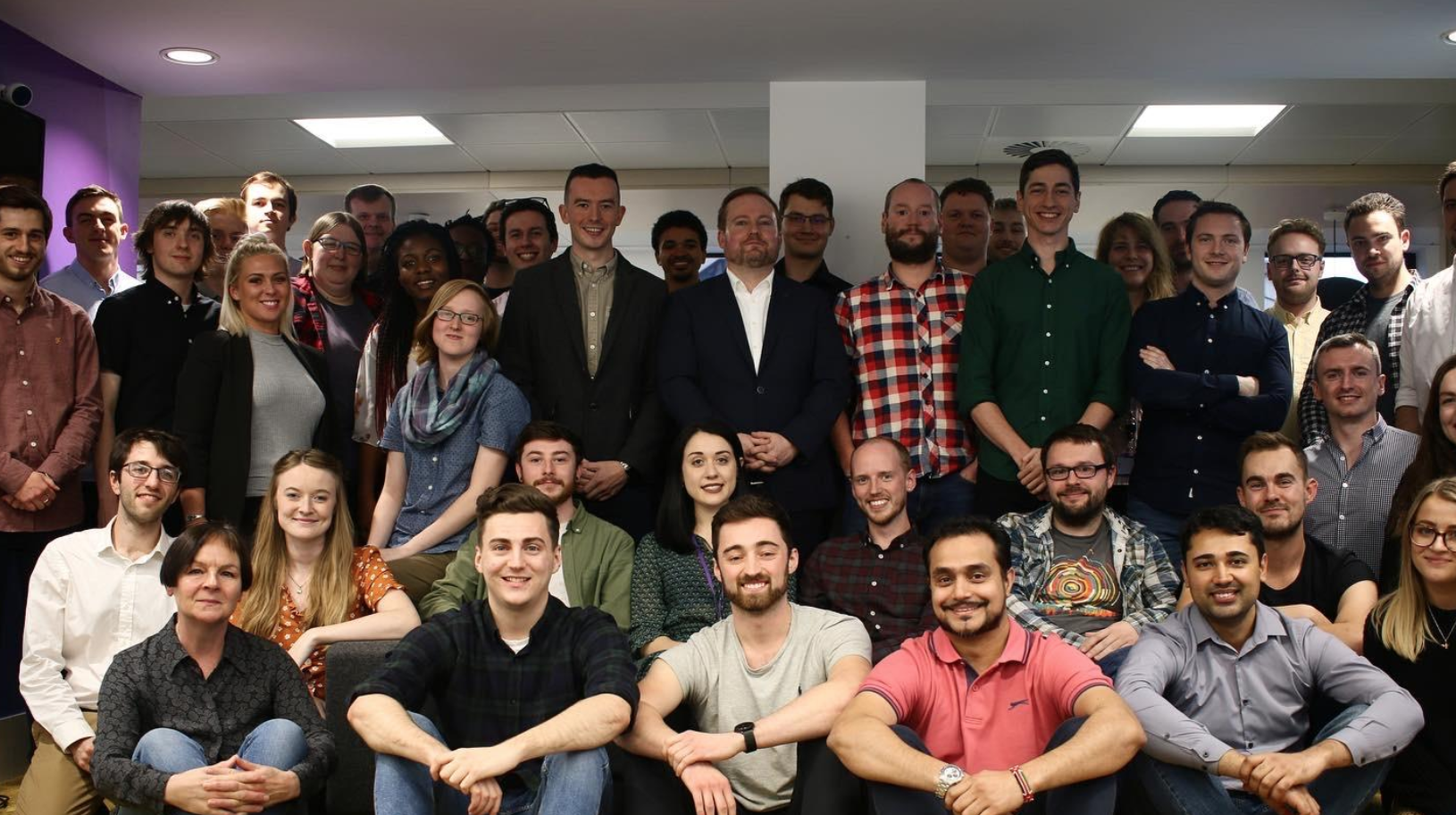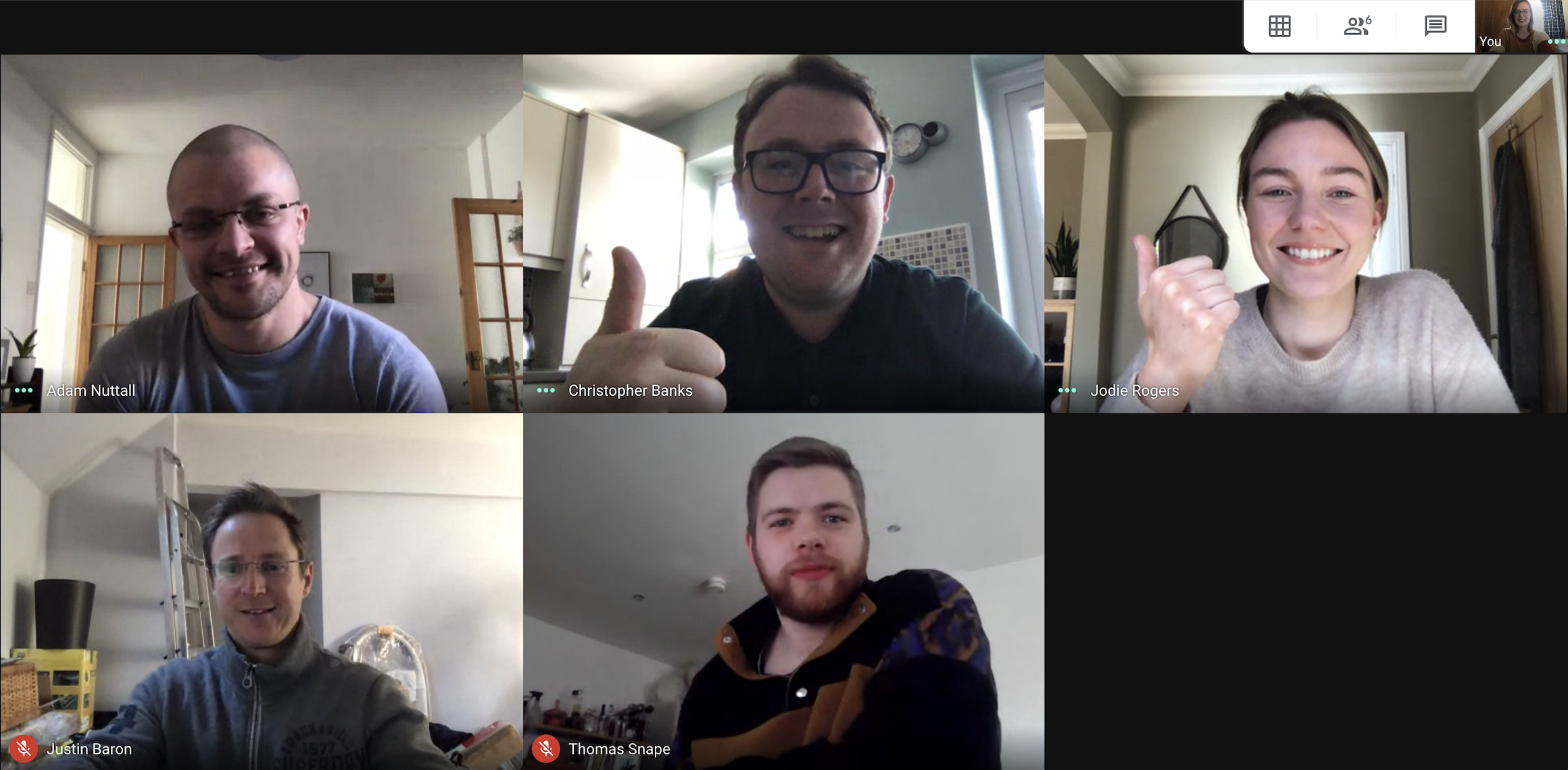If you’re transitioning to a portfolio board or advisory career from an executive role, then I’m sure you will be wondering how best to prepare and present yourself at an interview for these types of roles.
You should ensure your knowledge is up to scratch, your mindset is focused and your attire is presentable, but one vital thing you must not forget is your body language. Did you know that people form up to 90% of their opinion about you within the first four minutes of meeting you? It’s also been reported that up to 80% of the impact you make in an interview is non-verbal and, usually, subconscious.
With this in mind, we have outlined what your body language could convey in 3 key stages of an interview with tips on how you can appear confident, interested and suitable for the position you wish to secure.
The first impression:
Before your interview, there is usually a brief time where you will liaise with other employees of the company, such as the receptionist. When greeting anyone throughout the interview process, ensure you present with a smile. A wide series of scientific studies, such as those from Uppsala University, have proven that the more you smile, the more positive reactions you will receive from others. This is due to a mirroring reaction from the part of the brain which is responsible for the recognition of facial expressions. Smiling makes us feel better, therefore acting more positively towards a person.
In the waiting area, it is important to present the same behaviors and posture as you would within the interview. Comfortable laid-back seats can be tempting, but sitting up straight in a chair is known to portray confidence and attentiveness, displaying to others that you are ready and believe your performance will make a positive impact. It is also good practice to avoid crossing your arms over your chest at any point as this creates a barrier between yourself and anyone you come into interaction with.
The beginning of the interview:
Introducing yourself to your interviewer or the board is a crucial point of contact as it may be the only time you make physical contact. The handshake can connote a lot about a person through the positioning of the palm and firmness. If you want to display an equal level of authority with your interviewer, keep your palm straight and return the same pressure you receive. Giving a limp handshake with your palm facing slightly upwards is said to show submission. You can also read into the type of person your interviewer is by the way they present their hand, the more they face their palm to the ground, the more authority they want to portray.
When walking to the space where the interview will take place, ensure you don’t stagger as this conveys a lack of interest. Walk with confidence in your stride and immediately take a seat without hesitation. Depending on the layout of the room, try to avoid sitting completely opposite your interviewer as this displays a confrontational approach, whereas rotating your chair or body to a 45-degree angle becomes less direct and more comfortable.
During the interview:
Despite conducting comprehensive research prior to your interview, most of the questions you will be asked will be unpredictable. In such a scenario where you are searching for an answer, it has been found that having both feet planted on the ground helps your brain transition between creative and rational thought quicker, allowing you to develop answers to complex questions easier and faster.
Hand gestures can convey a multitude of expressions, with some individuals more inclined to use their hands when talking than others. When answering questions or engaging in conversation, try to gesture with your palms showing as this displays honesty and engagement. When the interviewer is speaking, show you are still highly attentive by occasionally nodding and mirroring a sustained level of eye contact.
Our body also reacts to nervousness in a variety of ways through insecurity signals, most of which we are unaware of. Being aware of your nervous tics allows you to understand how you can control them. A productive way of identifying them is to ask a reliable individual to be vigilant the next time you conduct a presentation. Although involuntary, these tics can display a variety of signals to your interviewer. Tapping your fingers or jiggling your legs can be signs of impatience, ear-grabbing, neck scratching or covering your mouth are all signals of telling a lie and excessive touching of the nose connotes an untrustworthy individual.
While the interviewer is not necessarily actively looking for these signs, we unconsciously interpret others' body language continuously as part of our human nature. Being aware of the impact we make with our non-verbal communication can help us present ourselves in a more constructive manner with favorable outcomes.









